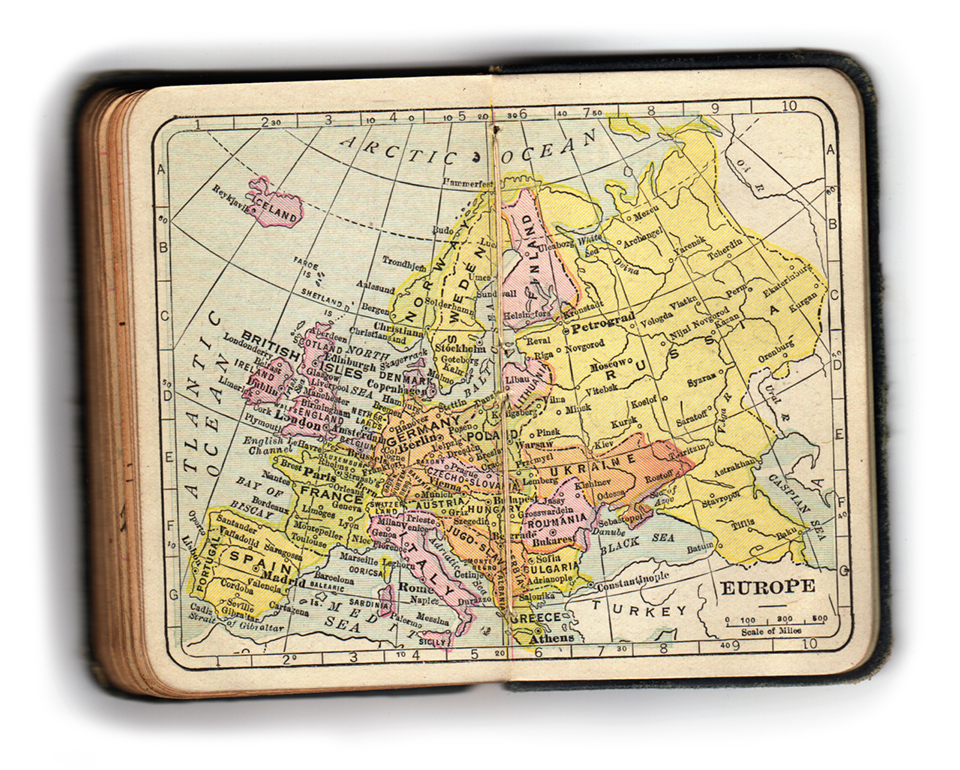In reading 19th century primary sources—diaries, poetry, essays, etc—I'm struck by how allusive the writing is. References to Milton, Chaucer, biblical parables, mythology, ancient historical figures, military history, and of course Latin and Greek phrases are frequent and typically without explanation. There was
a seemingly vast store of what was considered common, shared knowledge. This knowledge was expected of all those who had attained a certain level of education and who shared a particular socio-economic status. I wonder, how much of that is left? Judging by me—a supposedly well-educated member of a certain class— not that much.
The image above shows part of a test my mother took in about 1951. It was the Language Arts section of the supervisory license for New York City. In other words this was part of what was expected of those hoping to become a New York City public school principal.
Of a total of 75, there were about 46 I could eke by with, and several more that I'd heard of but was vague about. Here are a few of the 18 or so of which I had no definitive knowledge, along with my first association:
Areopagus "Areopagitica". But what was that? Milton? What?
Golconda sounds vaguely decadent, like it might be around the corner from Gomorrah.
Barmecide feast killing something? No, I've got nothing.
Caesar's wife —Great Caesar's Ghost! Never heard this and it's really quite useful...
King Charles's Head perhaps some jolly English Protectorate gallows humor? (I especially liked learning this one)
Ananias Nothing.
piling Pelion on Ossa Complete news to me, this belongs with other Sisyphaean labors
Savoyard— no idea --the French Revolution or Paris Commune?
to come a cropper —Again, never heard this and it's quite useful, rather like a dusty, antiquated "epic fail"
Ephebic Oath I should have known this but I didnt. I really came a cropper.
[Now I'm going to make a pitch for the invaluable
Brewer's Dictionary of Phrase and Fable, first published in 1870. I picked it up by chance for $2.50 at a book sale on Shelter Island and
wrote about it in an early post.
It is one of the most quirky, varied, fascinating and delightful
repositories of knowledge, both eminently useful and absurdly obscure.]


































































